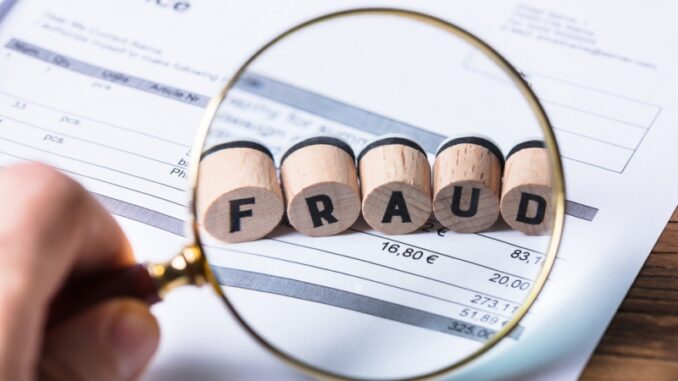
Investors should always be on alert for investment scams. FINRA published an alert to warn investors about classic types of investment fraud and help them spot and avoid the persuasion tactics fraudster’s use. The following information is taken from that article:
Types of Investment Scams
Investment scams can take many forms, but the most common securities frauds tend to fall into the following general schemes:
- Pyramid Schemes: Where fraudsters claim that they can turn a small investment into large profits within a short period of time, but in reality, participants make money solely by recruiting new participants into the program. Pyramid schemes eventually fall apart when it becomes impossible to recruit new participants.
- Ponzi Schemes: Where a central fraudster collects money from new investors and uses it to pay purported returns to earlier-stage investors rather than investing the money as promised. Ponzi schemes tend to collapse when the fraudster can no longer attract new investors or when too many investors attempt to get their money out.
- Pump-and-Dump: Where a fraudster deliberately buys shares of a very low-priced stock of a small, thinly traded company and then spreads false information to drum up interest in the stock and increase its share price. The fraudster then dumps his shares at the high price and vanishes, leaving many people with worthless shares of stock.
- Advance Fee Fraud: These scams generally begin with an offer to pay you an enticingly high price for worthless stock in your portfolio. To take the deal, you must send a fee in advance to pay for the service, but then you never see your money again.
- Offshore Scams: These scams originate in another country and target U.S. investors. Offshore scams can take a variety of forms, including those listed above. Unfortunately, whatever form an offshore scam takes, it can be difficult for U.S. law enforcement agencies to investigate fraud or rectify harm to investors when the fraudster acted from outside the country.
Red Flags of Fraud
To avoid being drawn into a scam, look for these warning signs:
- Guarantees: Be suspect of anyone who guarantees that an investment will perform a certain way.
- Unregistered products: Many investment scams involve unlicensed individuals selling unregistered securities.
- Overly consistent returns: Any investment that consistently goes up month after month, or that provides remarkably steady returns regardless of market conditions, should raise suspicions. Even the most stable investments have hiccups once in a while.
- Complex strategies: Legitimate professionals should be able to clearly explain what they are doing. It’s critical that you understand any investment you’re considering.
- Missing documentation: If someone tries to sell you a security with no documentation, he or she may be selling unregistered securities.
- Account discrepancies: Keep an eye on your account statements to make sure account activity is consistent with your instructions and be sure you know who holds your assets. Fraud can more easily occur if the advisor is the custodian of the assets and keeper of the accounts.
- A pushy salesperson: No reputable investment professional should push you to make an immediate decision about an investment, or tell you that you’ve got to “act now.”
If you’re able to identify red flags of investment frauds and you know some of the most common types, you’ll be better equipped to avoid these types of scams and protect your financial future.
Unless otherwise stated, PONIREVO and/or its licensors DO NOT own any intellectual property rights in the website and material on the website. Majority of the site’s content has been scraped and auto posted by a third party artificial intelligence program —– PONIREVO Creation Team.
Proudly WWW.PONIREVO.COM



